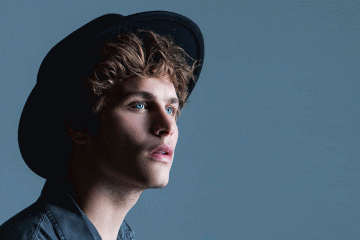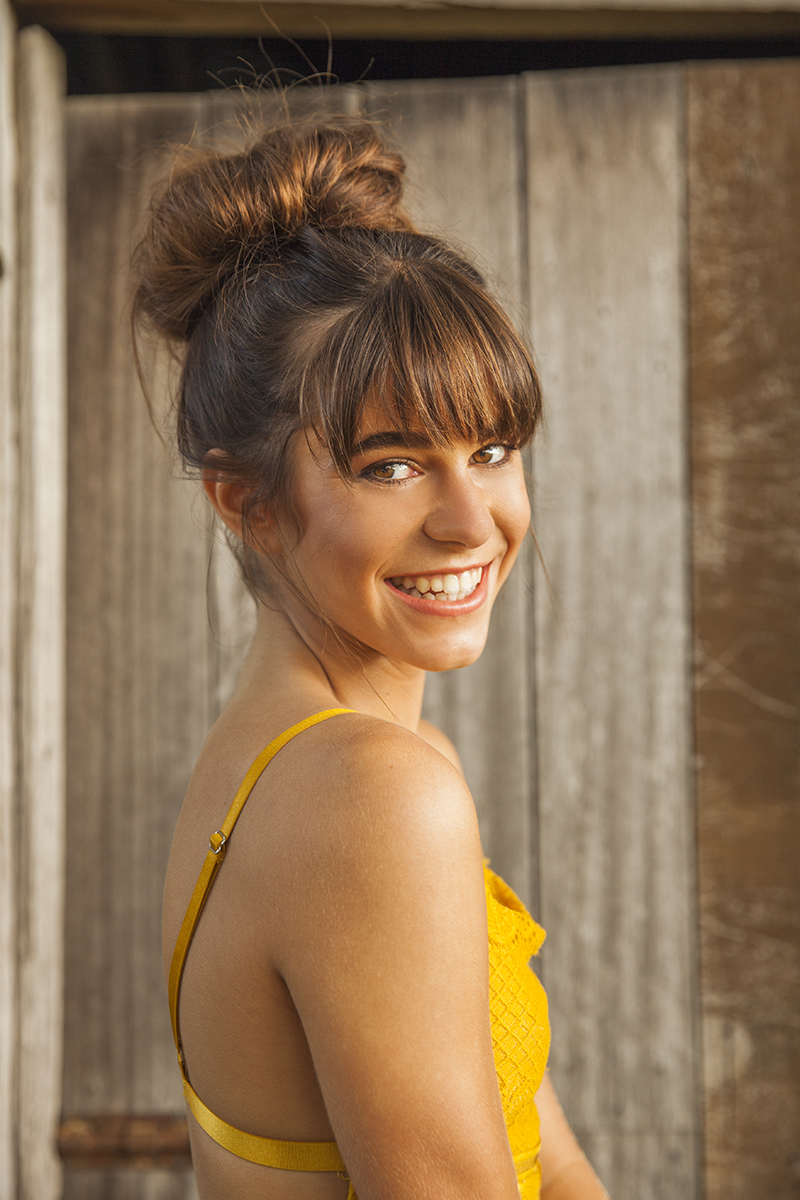How to Master Product Photography
What we're discussing
Product photography, or ecommerce photography as it's in some cases understood, is essentially what it sounds like: images taken and also utilized on internet sites as well as social networks systems to assist drive sales of your product and services. Given the increase of shopping online, the choice of products and brand names offered to customers in any type of given category can be vast-- indicating the photos that illustrate what you're offering and also why it's worth getting are a basic element for any company marketing online.
Why it is necessary
There's far more to product photography than showing potential consumers what your product resembles. Well-considered photos can place your product in context, helping a customer see exactly how it may suit their own life. Actually, scientists found that vivid as well as detailed images of a product raises a client's emotional sense of ownership of that product. Photography can also assist enhance your brand, strengthening what you represent and also what you're everything about. Every one of these things increase the likelihood of motivating a acquisition.


Things to keep in mind
Various types of photos serve various functions. One photo does not fit all. For simply one product you may require numerous pictures: common product shots on a white history to utilize on markets; well-known product shots to utilize by yourself site or social channels; lifestyle shots that show the product being used or in an aspirational setup; http://franciscobxkq064.yousher.com/open-your-brand-s-potential-with-gold-coast-s-personal-branding-photography information shots that capture crucial elements or functions you want to highlight; and behind-the-scenes images that record the procedure behind the product.
Concentrate on your lighting. Lighting, not the camera, is what will certainly make or break an image. If you don't have a lot of expensive gear, you're mosting likely to want to work with all-natural illumination, so discover a spot near a large home window to shoot and wait until the brightest time of day. Diffused illumination (aka soft as well as also) is more info the objective, and to stay clear of extra-bright spots or super-dark darkness you can make use of white foam board from your regional art shop to reflect light onto your product.
Consistency is essential. To make certain all your products are connected with your brand name, make certain the way you photo them is relatively regular. All your product photos must be shot from the exact same angle and also distance, and all way of living shots should have a similar tone as well as colour scheme. Think of what you intend to attain below, and once you handle it, attempt to see to it other photos you take in the future appearance similar.
You don't need a pro to take professional shots. Certain, a fancy DSLR electronic camera and also skilled eye will certainly make obtaining gorgeous product images simpler, however you can still get to a great location doing it on your own with a little focus to detail and also some fundamental tools. Use the most effective electronic camera you have useful (this could be on a smart device, which is absolutely fine), a tripod to keep points consistent, some fundamental poster board or big sheets of paper to use as backdrops as well as white foam board to diffuse and you'll be a in a good beginning position to get some excellent shots.
Just how to fire images of your product
1. Make a mood board. Do not skip this action. Take a while to gather photos that catch the feel and look you intend to replicate in your images. Research the angles made use of, the props ready and also the colours and tones of the pictures that inspire you and search for patterns in things you're drawn to. The notes you make right here will help you determine what to go for when styling and also shooting your own images.
2. Choose what you need. Make a list of all the photos you want for each and every product. At minimum, this ought to possibly consist of a few basic product shots (that show the product from different crucial angles) on a neutral background; some even more enjoyable product shots that align far better with your brand; as well as lifestyle shots to put the product in context for your consumer.
3. Establish the scene. Perfect your set up on shoot day. Choose a time of day when you have access to all-natural light as well as established your area ( possibly a table near a large home window) with history papers and also props as needed. You can use Blu Tack or tape to keep things in position-- require time to see to it the set up helps your pictures.
4. Take and take back photos. Time to fire! It will possibly take a number of shots to obtain the shot precisely right, so do not hesitate to take multiple photos of the same setup at the exact same angle. Ensure to quit as well as examine to see what the images resemble and also take notice of the details. Is the lights even or are any key attributes obscured by shadows or highlights? Exist any kind of disturbances within your structure that might not have the ability to be modified or chopped out later on? Make sure you catch all the shots you provided out when planning your photoshoot.
5. Make edits as well as choices. Undergo all the images you took as well as choose 1 or 2 pictures of each kind for every product that function the best. Limit the ones you intend on making use of to showcase your product online, then make edits to assist all the pictures look regular. Once more, no pro skills required-- standard software application on your phone or computer can assist chop out disruptive aspects and readjust points like comparison and exposure to help ensure the product is shown clearly.
6. Optimise pictures for the internet. Before using your images online, make sure they are sized properly-- both in regards to aspect proportion (the proportions of the pictures) and also resolution ( the amount of pixels develop the image) for the platform you're publishing on. Various social networks systems or web site formats commonly use different sizes as well as specs ( look into this handy cheat sheet). You'll require to see to it the photo is of good-enough top quality so it isn't blurry, however has a tiny sufficient data size to make it fill quickly. Ultimately, make certain pictures are called descriptively, so internet search engine can bring them up when people look for things like the ones pictured in your photos.
Key takeaways
• You'll desire a few different designs of photos for each of your items-- there are most likely to be multiple objectives you'll require your photography to fulfill.
• You can DIY wonderful product pictures with some fundamental kit: a tripod, a good smartphone and also some easy paper backgrounds as well as props.• Illumination is crucial-- capturing near a window at a brilliant time of day can make a huge distinction.
